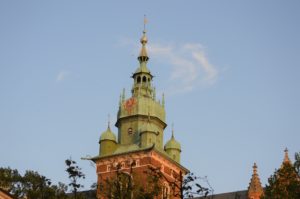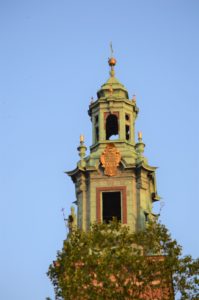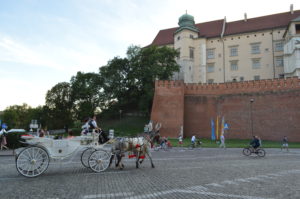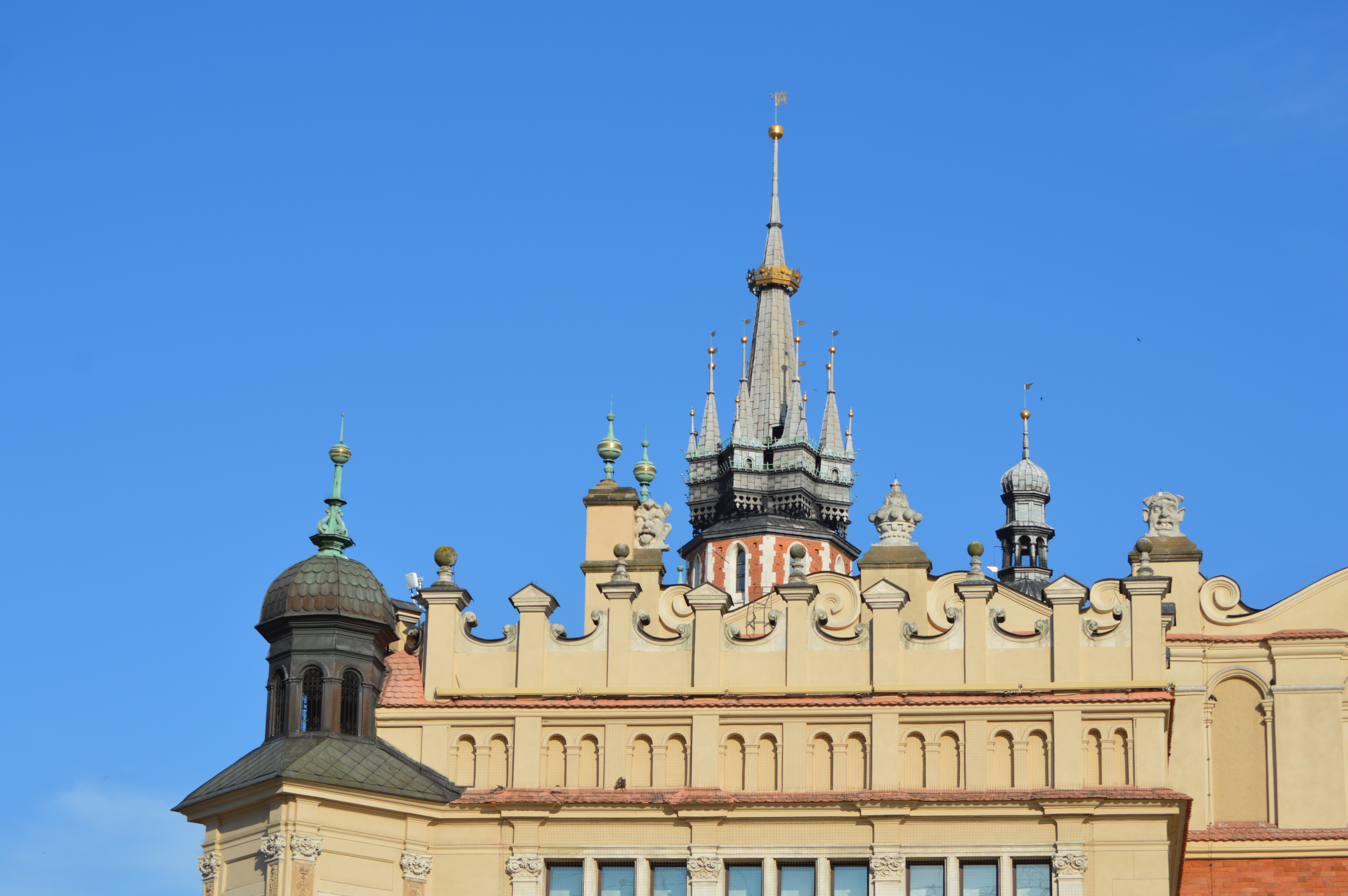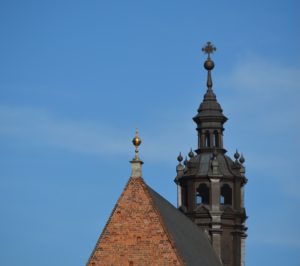Krakow was the capital city of the Kingdom of Poland from 1069 to 1596, when King Sigismund III Vasa moved the royal court to Warsaw and that city became the capital of the Polish-Lithuanian Commonwealth. Unlike Warsaw, devastated by World War II, Krakow came through World War II minimally damaged. The Nazi government established Krakow as its central administrative center for Poland and the Germans retreated from Krakow as the Soviet army advanced, thereby avoiding urban battles and keeping most of the city’s historic structures out of harms way.
Walking around Krakow offers many pleasant views of centuries old structures. Without a bird’s eye view, many of the finer details at the top of the buildings are hard to see clearly. That is where my telephoto lens came in handy.
Krakow Bazylika Mariacka – St. Mary’s Basilica
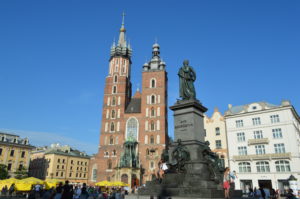
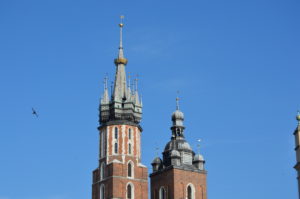
Krakow Town Hall Tower (originally built c. 1300)
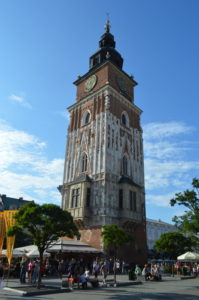


Krakow Cloth Hall – Sukiennice
Krakow’s Cloth Hall had its golden age in the 1500s. Today the ground floor houses many souvenir stalls for tourists and Sukiennice restaurant. The upper floor houses Sukiennice Museum of the National Museum.
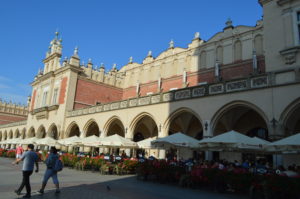

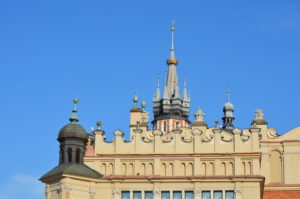

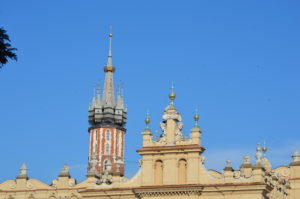
Jagiellonian University (1364)
Jagiellonian University is the second oldest university in central Europe founded in 1364. Only Charles University in Prague is older (1384).
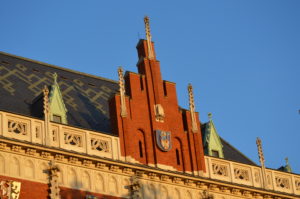
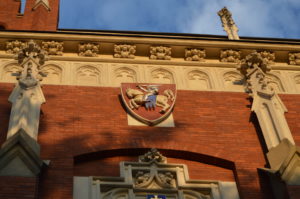
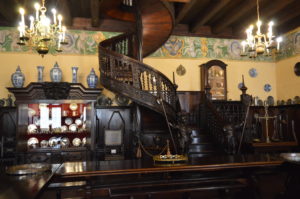
Wawel Royal Castle
Wawel Castle was originally constructed in the 13th and 14th centuries. The castle today represents medieval, Renaissance and Baroque architecture over the centuries. Wawel Cathedral was originally built over 900 years ago and contains architectural elements through the ages.
